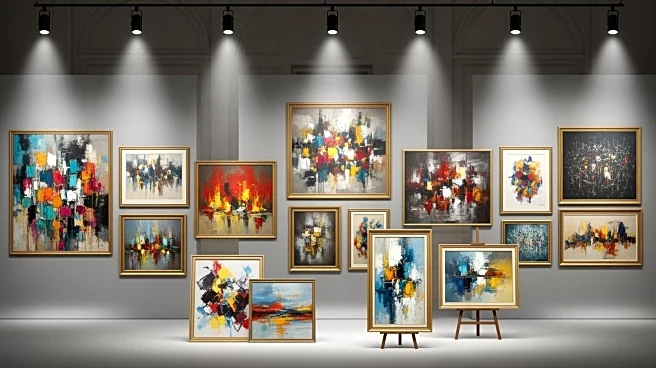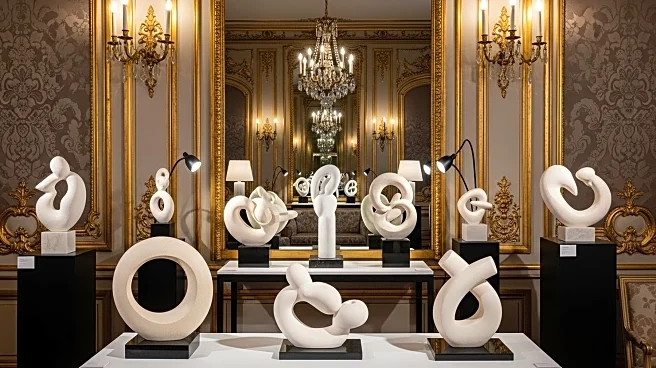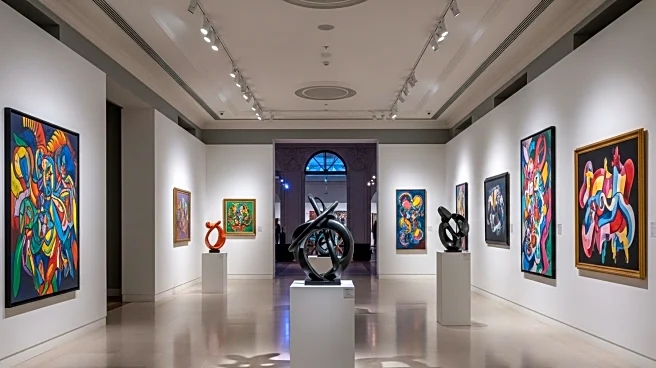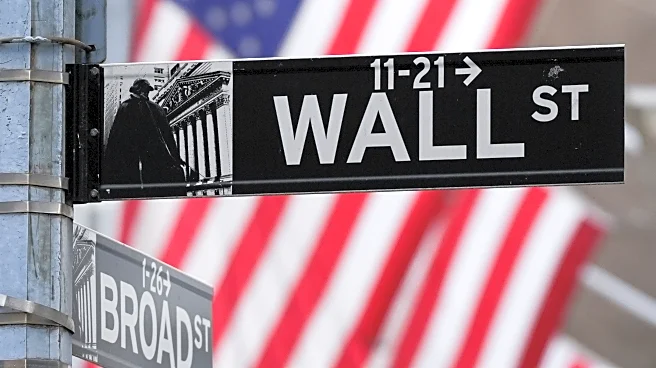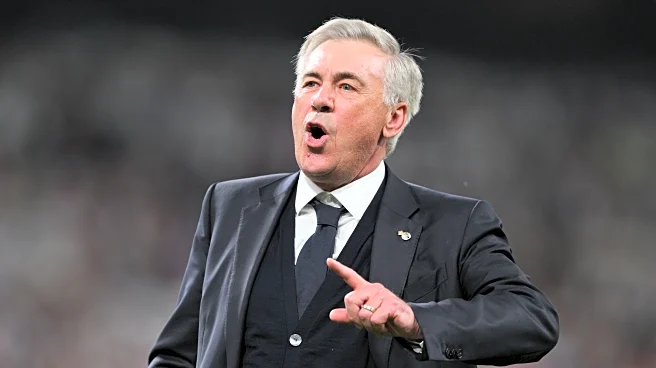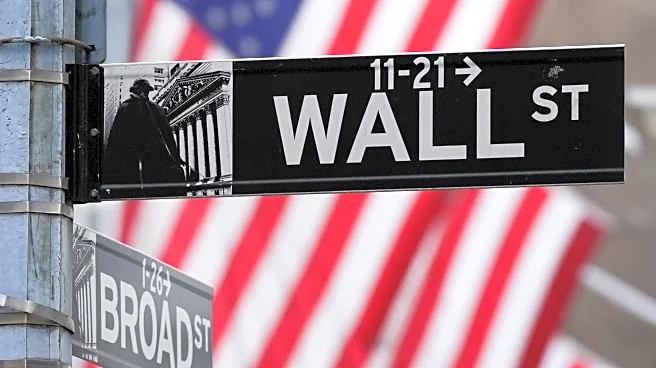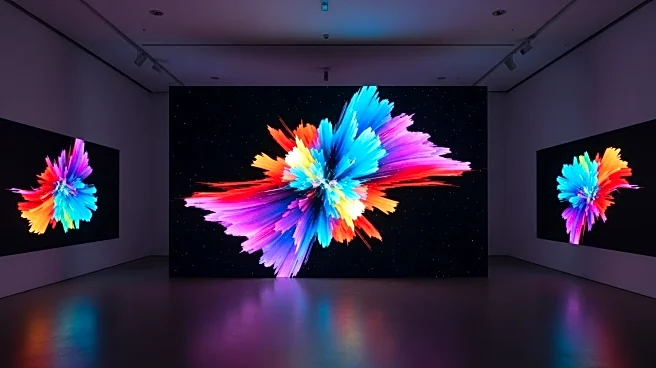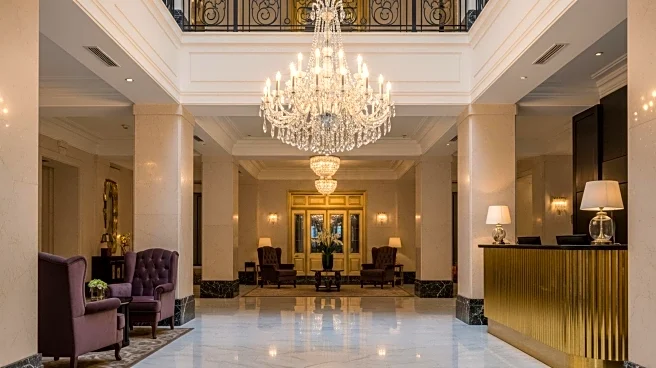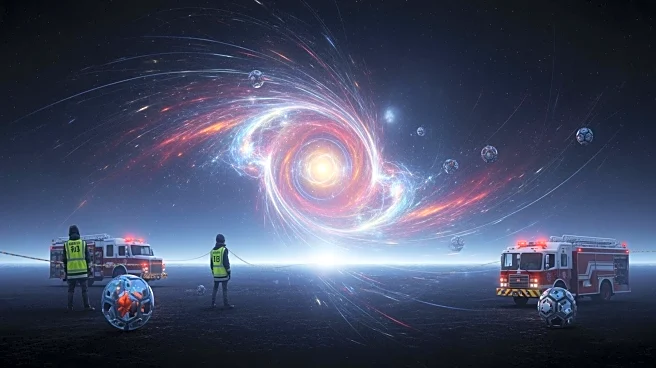What's Happening?
The Fondation Louis Vuitton in Paris is presenting a major retrospective of Gerhard Richter, featuring 275 works that span the artist's extensive career. Curated by Dieter Schwarz and Nicholas Serota,
the exhibition includes Richter's early photographic paintings from the 1960s, abstract works from the 1980s, and recent ink-cloud drawings. The retrospective is organized chronologically, beginning with Richter's first painting, 'Table' (1962), and concluding with his latest drawings. The exhibition highlights Richter's exploration of chance and his engagement with German history, including works like 'Uncle Rudi' (1965), which addresses Nazi Germany's wartime culpability.
Why It's Important?
This retrospective is significant as it provides a comprehensive view of Gerhard Richter's artistic evolution and his impact on contemporary art. Richter's work is known for its complexity and historical allusions, offering insights into Germany's past and its cultural implications. The exhibition not only celebrates Richter's contributions to art but also invites reflection on the themes of memory and history. By showcasing such a wide range of his works, the retrospective underscores Richter's influence and the ongoing relevance of his art in addressing historical and cultural narratives.
What's Next?
The exhibition is set to run from October 17, 2025, to March 2, 2026, at the Fondation Louis Vuitton. It is expected to attract art enthusiasts and scholars interested in Richter's work and its historical context. The retrospective may also spark discussions on the role of art in confronting and interpreting historical events. As the exhibition progresses, it could lead to further exploration of Richter's themes in academic and artistic circles, potentially influencing future exhibitions and studies on his work.
Beyond the Headlines
Richter's retrospective not only highlights his artistic achievements but also raises questions about the ethical responsibilities of artists in representing history. The exhibition's focus on German history and the artist's personal experiences offers a platform for dialogue on the intersection of art and historical memory. It challenges viewers to consider the ways in which art can serve as a medium for understanding and processing complex historical narratives.
